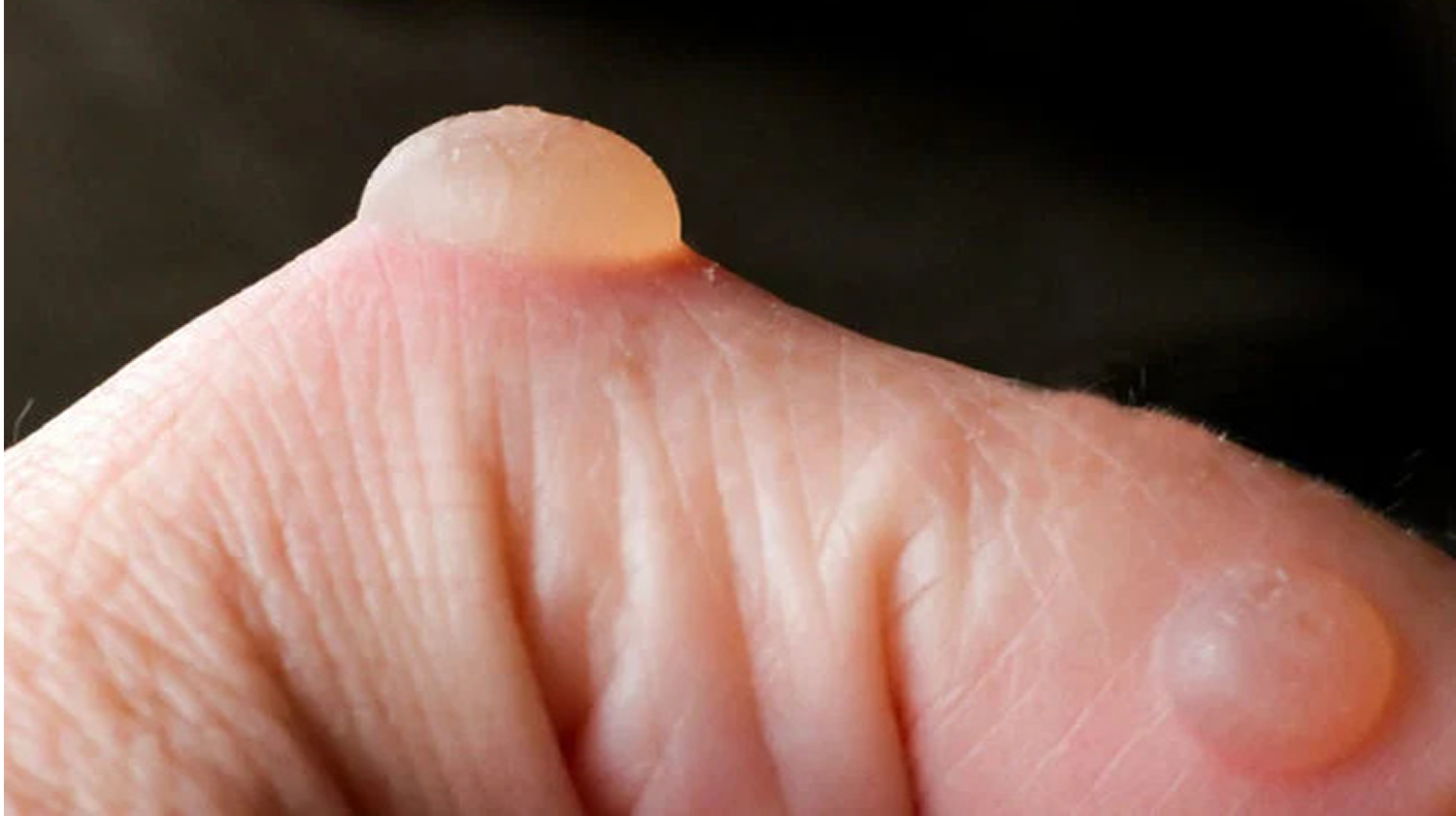
Introduction
In the world of skincare and health, one of the most common yet bothersome conditions is blisterata. These painful blisters, often found on the skin due to friction or other causes, can disrupt daily life and cause discomfort. Understanding blisterata, its symptoms, causes, treatment options, and prevention methods is essential for maintaining skin health and overall well-being.
Understanding Blisterata: What Are Blisters?
Blisters are fluid-filled sacs that form on the skin’s surface. They can occur due to various factors such as friction, burns, allergies, infections, or medical conditions. When blisters cluster together or become recurrent, it is referred to as blisterata, a condition that requires proper attention and care.
Symptoms of Blisterata
Identifying blisterata involves recognizing its symptoms, which typically include:
Pain or discomfort
Blisters caused by blisterata often result in localized pain or discomfort, especially when pressure is applied.
Fluid-filled sacs
The hallmark of blisterata is the presence of fluid-filled sacs on the skin’s surface. These blisters may vary in size and appearance.
Redness and inflammation
The surrounding area of the blister may appear red and inflamed, indicating irritation or infection.
Causes of Blisterata
Several factors can contribute to the development of blisterata, including:
Friction
Friction between the skin and surfaces such as shoes or clothing is a common cause of blister formation.
Prolonged exposure to moisture
Moisture can soften the skin, making it more susceptible to blister formation, particularly in areas where sweat accumulates.
Heat and burns
Exposure to heat or burns can lead to blister formation as the body’s natural response to protect the affected area.
Allergies or irritants
Certain chemicals or materials can irritate the skin, leading to blister formation in sensitive individuals.
Medical conditions
Conditions such as eczema, herpes, or autoimmune disorders can increase the risk of developing blisterata.
Treatment Options
When faced with blisterata, prompt treatment can help alleviate symptoms and prevent complications. Treatment options may include:
Protective bandages
Covering the blisters with sterile bandages can help protect them from further irritation and reduce discomfort.
Topical ointments
Applying soothing ointments or creams containing ingredients like aloe vera or calendula can promote healing and relieve symptoms.
Pain relief medications
Over-the-counter pain relievers such as ibuprofen or acetaminophen can help alleviate pain associated with blisterata.
Avoiding friction
Minimizing friction by wearing properly fitting shoes and clothing can prevent further blister formation and promote healing.
Professional medical care
In severe cases or if blisters become infected, seeking medical attention from a healthcare professional is essential for proper diagnosis and treatment.
Prevention Strategies for Blisterata
Preventing blisterata involves taking proactive measures to reduce the risk of blister formation. Some effective prevention strategies include:
Wearing comfortable shoes
Choose footwear that fits well and provides adequate support to reduce friction and pressure on the feet.
Using protective padding
Utilize moleskin or blister pads on areas prone to blister formation to provide cushioning and prevent friction.
Keeping skin dry
Ensure proper ventilation and moisture control, especially in areas prone to sweating, to minimize the risk of blister formation.
Avoiding prolonged exposure to heat
Take precautions to avoid burns or excessive heat exposure, which can lead to blister formation.
Maintaining good skincare
Keep the skin clean and moisturized to prevent dryness and cracking, which can increase susceptibility to blister formation.
The Role of Healthcare Providers and Pharmacies
Healthcare providers and pharmacies play a crucial role in the management of blisterata. They provide valuable guidance, medications, and products to help individuals effectively treat and prevent blister formation. Pharmacists can offer personalized recommendations and advice on over-the-counter remedies and proper wound care techniques. Healthcare providers can diagnose underlying conditions contributing to blisterata and prescribe medications or treatments as needed.
The Journey to Better Skin Health
Managing blisterata is a journey that requires patience, diligence, and a proactive approach to skin health. By understanding the symptoms, causes, treatment options, and prevention strategies associated with blisterata, individuals can take control of their skin health and minimize the impact of this common condition on their daily lives.
Benefits of Senisieta Gummies
Senisieta gummies have gained popularity for their potential benefits in managing blisterata and promoting overall skin health. These gummies contain natural ingredients like vitamin E, collagen, and antioxidants, which may help support skin integrity and repair damaged tissues. Incorporating Senisieta gummies into a skincare regimen can complement existing treatments and provide additional support for blisterata management.
Exploring Ozempic
In some cases, prescription medications may be necessary to manage blisterata effectively. Ozempic, a medication commonly used to treat diabetes, has shown promise in reducing blister formation and promoting wound healing. Its mechanism of action involves regulating blood sugar levels and improving circulation, which can help prevent complications associated with it. However, it is essential to consult with a healthcare provider before starting any new medication regimen.
Conclusion
Blisterata is a common skin condition that can cause discomfort and inconvenience for affected individuals. By understanding its symptoms, causes, treatment options, and prevention strategies, individuals can take proactive steps to manage blisterata effectively and maintain optimal skin health. With the support of healthcare providers, pharmacies, and innovative products like Senisieta gummies and prescription medications such as Ozempic, individuals can embark on a journey towards healthier, blister-free skin.


